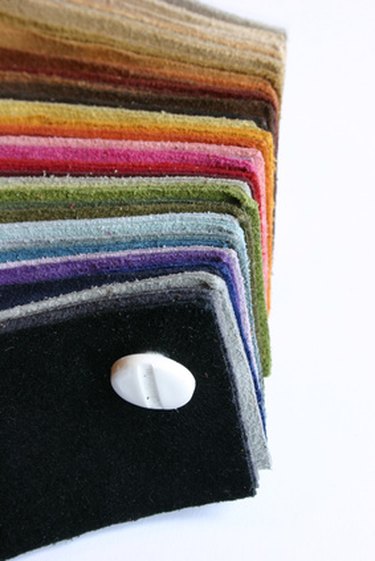
Suede fabric is leather that is made with a napped finish rather than a smooth finish. It is typically produced from the underskin of lambs, goats and pigs rather than from cows, and it is known for a soft, pleasant texture. Suede is commonly used for shoes, upholstery and clothing, but it is important to understand the material's disadvantages before you decide to work with it or to buy something that is suede.
Prone to Shrinkage
Video of the Day
Suede fabric is animal skin that is produced through stretching. To get the suede to a uniform thickness and texture, it must be stretched. The result of the stretching is that over time, suede will shrink. If you are purchasing a suede garment, buy the garment a little bigger than what you think you need to ensure that it will fit in the future.
Video of the Day
Porous
Because suede fabric is not buffed like leather, it has a very soft, porous surface. While suede's porous surface gives it an attractive, velvety appearance, it also makes it vulnerable to dirt and moisture. Suede shoes and clothes absorb moisture and dirt very quickly, and care must be taken to avoid both of these things. Clean your suede promptly to keep it in good condition.
Delicate
Suede is a delicate material and is prone to damage in the form of scuffs. Too much abrasive pressure quickly damages suede and leaves it with a permanent scar. In some cases, the abrasion simply affects the nap, while in other cases, the abrasion will puncture the suede completely. Suede that is used in clothing and shoes needs to be protected from scuffs.
Cleaning Difficulties
Suede may be dyed or undyed, pre-treated with leather finishes or left plain. Because of these differences, suede is a fabric that requires specific cleaning and to do otherwise may result in ruining the fabric. If you have purchased suede clothing, keep the cleaning instructions or take it to the dry cleaner for care.